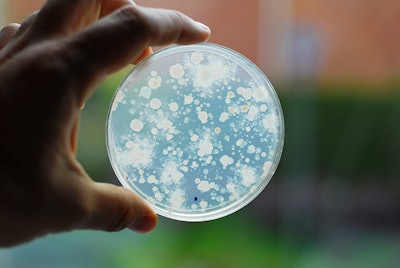
Duplicating DNA using polymerase chain reaction (PCR) without the enrichment step could enable more accurate quantification of the amount of Salmonella present in poultry, improving food safety.
"Enrichment adds biases into the methodology that then further deviates from your results from where it needs to be versus where it's projected to be," Vikrant Dutta, senior director, Scientific Affairs, Americas for bioMérieux, explained. "These biases can go wrong based on the different biases that enrichment introduces."
During the DNA PCR, the enrichment step can help with the recovery of low or injured cells to PCR detectable levels. However, this approach has several downsides, including significant delays in time to result and enrichment biases that can deviate from the real number of Salmonella. This in turn negates the purpose of quantifying Salmonella in the first place.
Without enrichment, there are three components to performing a PCR test. Step one is converting the sample into a concentration for testing. Step two is the DNA extraction and purification, followed by step three, which the duplication occurs followed by data analysis.
Not all Salmonella is created equal
Not all Salmonella is created equal. Not only do growth rates vary, but some serotypes are more likely to cause illness. Current approaches can only identify the most common serotypes.
"Different cells are hurt at different levels. Just like anything in nature, if you're hurt, it's going to take a while to recover and then start growing again. That's where the enrichment creates problems too,” added Dutta.
Salmonella is gram-negative anaerobic bacterium that is responsible for approximately 1.35 million illnesses, 26,500 hospitalizations and 420 deaths in the U.S. each year, according to data from the Centers for Disease Control and Prevention (CDC). The bacteria has become increasingly multi-drug resistant, making it more difficult to treat.
In the future, advancements in the PCR process could more precisely determine the Salmonella serotype present in an infected sample.
“Our hope is that eventually in the end, we will be able to merge this data to provide an accurate and comprehensive picture of what kind of Salmonella customers are dealing with so they can make informed decisions in a timely manner,” Dutta concluded.
















